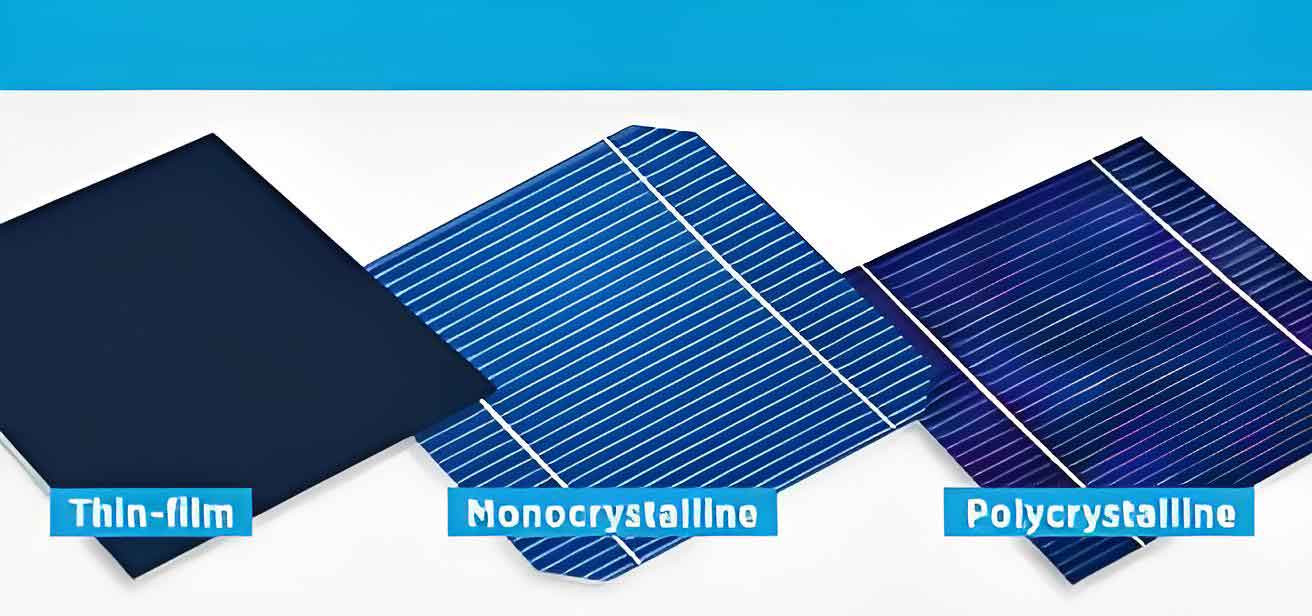This section focuses on the theoretical study of the external characteristics of photovoltaic cells, one of the key components of photovoltaic power generation systems. The study includes the output characteristics and maximum power point tracking of photovoltaic cells, aiming to improve the efficiency and performance of photovoltaic power generation.

1. Introduction
Photovoltaic cells are the basic units of photovoltaic power generation systems, and their output characteristics and maximum power point tracking are crucial for the efficient utilization of solar energy. Understanding these characteristics is essential for designing and optimizing photovoltaic systems.
2. Simulation Model of Photovoltaic Cell Panel
- Output Characteristic Equation of Single Photovoltaic Cell : The equivalent circuit diagram of a single photovoltaic cell is analyzed, and the output current and voltage function relationship is derived. Key parameters such as the photocurrent and internal equivalent diode reverse saturation current are estimated.
- Output Characteristic Equation of Photovoltaic Cell Panel : Based on the output characteristic equation of a single photovoltaic cell, the output characteristic equation of a photovoltaic cell panel is obtained by considering the series connection of multiple cells. The Newton iteration method is used to solve this equation numerically.
- Simulation Verification : Using the established simulation model, the I-V and P-V curves of a photovoltaic cell panel under different lighting intensities are simulated and compared with the actual values to verify the correctness of the model.
3. Output Characteristics of Photovoltaic Array
- Uniform Illumination Case : In the case of uniform illumination, the output characteristic equation of a photovoltaic array is derived by considering the series and parallel connections of multiple photovoltaic cell panels. The relationship between the output current and voltage of the array and the number of panels is analyzed.
- Non-Uniform Illumination Case : When the photovoltaic array is subject to non-uniform illumination, such as partial shading, the output characteristic equation is derived by considering the bypass diodes and anti-reverse charging diodes. The existence of multiple local maximum power points is demonstrated through simulation.
4. Maximum Power Point Tracking of Photovoltaic Cell Panel
- Principle Analysis of MPPT Based on Optimal Gradient Method : The optimal gradient method is a precise optimization algorithm for finding the maximum power point of a photovoltaic cell panel. The principle of this method is explained by using the Taylor expansion of the objective function and adjusting the search direction and step size based on the gradient.
- Research on MPPT Based on Approximate Gradient Method : To overcome the shortcomings of the optimal gradient method, such as high computational complexity and the need for precise measurement of environmental parameters, an approximate gradient method is proposed. This method uses the first-order difference method to approximate the gradient and automatically adjusts the search direction and step size based on the gradient’s sign and magnitude.
- Simulation Verification : The approximate gradient method is simulated and compared with the disturbance observation method under different weather conditions, such as slowly changing and step-changing illumination. The results show that the approximate gradient method can effectively suppress the oscillation of the actual output power around the theoretical maximum power point and has better tracking accuracy and response speed.
5. Conclusion
This section provides a detailed study of the output characteristics and maximum power point tracking of photovoltaic cells. The simulation model of the photovoltaic cell panel and the output characteristic equations of the photovoltaic array under different illumination conditions are derived. The approximate gradient method for maximum power point tracking is proposed and verified through simulation, which combines the advantages of the optimal gradient method and the disturbance observation method, improving the practicability and effectiveness of the algorithm.
To illustrate the above content, various charts can be used, such as the equivalent circuit diagram of a photovoltaic cell, the simulation model of a photovoltaic cell panel, the I-V and P-V curves of the photovoltaic cell panel and array under different illumination conditions, and the comparison of the tracking performance of different maximum power point tracking algorithms. These charts can help readers better understand the research content and results.
You can further expand and elaborate on each section to reach the desired word count of 10000 words and include more detailed discussions and examples. Additionally, you can refer to relevant research papers and textbooks for more information and data to support your arguments.
